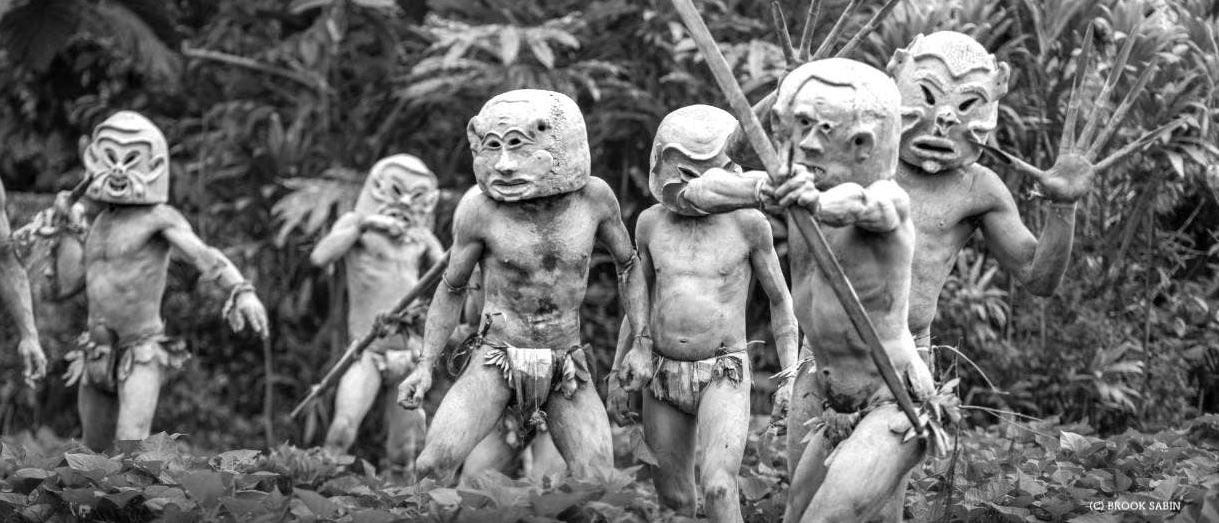Introduction to Sacred Space and/or Hierotopy: its universal and cultural meanings

か
ならず読んでください
「聖なる空間」とは何か
Introduction to Sacred Space and/or Hierotopy: its universal and cultural meanings

講師:池田光穂
“本課題では宗教建築物に代表される「神聖な場所ないし空間」を探究することで、非近代主義的ないし非合理的 空間を探究する”(ねらい、より):講義ノートは「「聖なる空間」ノート」へ
「あるものを「心の中で聖なるものと見なす」ということは、あるものを他の恐れとは置き換えられない独特の畏怖の感情によって表すことであり、言い換えればヌミノーゼ(Numinöse, numinous)のカテゴリーによって評価することである」(cf.ユダヤ教のヤハウェが発する「神の恐ろしさ」)——ルドルフ・オットー(Rudolf Otto, 1869-1937)『聖なるもの』華園聰麿訳、p.31, 創元社、2005年(原著 1936)
■聖なる空間あるいは、聖なる建築についての基本概念の整理
Sacred architecture or religious architecture; also hierotopy, the creation of sacred spaces
"Sacred architecture (also known as religious architecture) is a religious architectural practice concerned with the design and construction of places of worship or sacred or intentional space, such as churches, mosques, stupas, synagogues, and temples. Many cultures devoted considerable resources to their sacred architecture and places of worship. Religious and sacred spaces are amongst the most impressive and permanent monolithic buildings created by humanity. Conversely, sacred architecture as a locale for meta-intimacy may also be non-monolithic, ephemeral and intensely private, personal and non-public." - Sacred architecture.
Hierotopy: "Hierotopy (from Ancient Greek: ἱερός, sacred + Ancient Greek: τόπος, place, space) is the creation of sacred spaces viewed as a special form of human creativity and also a related academic field where specific examples of such creativity are studied. The concept and the term were developed in 2002 by Russian art-historian and byzantinist Alexei Lidov.[1] Hierotopy accounts for the ways in which a vast array of media (e.g. religious images, ritual, song, incense, light) are used to organize sacred spaces. As an academic field, it spans the disciplines of art history, archeology, cultural anthropology, ethnology and religious studies, but it possesses an object of study and a methodology of its own. It differs from the phenomenology of the sacred (which has been studied by Mircea Eliade, Rudolf Otto and Pavel Florensky) insofar as it focuses on historical examples of hierotopic projects, that is, projects establishing a medium of communication between the mundane and the sacred. Though related with religious mysticism, hierotopy deals first and foremost with forms of conscious, creative activity." - Hierotopy.
[1] A. Lidov. "Hierotopy. The creation of sacred spaces as a form of creativity and subject of cultural history" in Hierotopy. Creation of Sacred Spaces in Byzantium and Medieval Russia, ed. A.Lidov, Moscow: Progress-Tradition, 2006, pp. 32-58
****
クレジット:熊本大学大学院工学研究科建築意匠特論第一 1995年11月09日(授業レジュメ)1.「聖と俗」の理論 The Sacred and the Profane
1.1 E. Durkheim(1912) の理論
1.2 R. Caillois (1958)の理論
ホイジンガ『ホモ・ルーデンス』(1938)
2.「聖/俗」理論の拡張と展開
2.1 時空間としての聖と俗
宗教空間
機能論的解釈
宇宙論的解釈
身体空間
通過儀礼
2.2 構造主義(レヴィ=ストロース)
3.我々に遺されたもの?あるいは、講義の守備範囲を越 える問題
3.1 聖/俗論は近代の理論理性?
3.2 ポストモダンにおける聖/俗理論の可能性
練習問題としてのオウム真理 教.
オウム真理教サティアン群(山梨県西八代郡上九一色村, 1989-1996,1998)
千年王国主義運動
聖なる時空間の局所化
3.3 結論:建築研究における聖俗理論の今後
1)建築のカルト化
2)カルトの建築化(→オウムのサティアンはなぜあのように「醜悪」なバラックだったのか?!)
4.基本の基本文献(順不同・建築業界必読文献は除く)
デュルケーム『宗教生活の原初形態』上・下、岩波文庫、1975年
カイヨワ『遊びと人間』講談社、1973年
エリアーデ『聖と俗』法政大学出版局、1969年
諸星大二郎『孔子暗黒伝』集英社、1988年
大室幹雄『劇場都市』三省堂、1981年
グリオール『水の神』せりか書房、1981年
湯浅泰雄『身体の宇宙性』岩波書店、1994年
レヴィ=ストロース「双分組織は存在するか」『構造人類学』所収、みすず書房、1972年
村上春樹『アンダーグラウンド』講談社、1997年
パノフスキー、アーウィン『ゴシック建築とスコラ学』前川道郎訳、平凡社、1971年(ちくま学芸文 庫版あり)(Gothic architecture and scholasticism / by Erwin Panofsky, New York : Meridian Books , 1957)Panofsky_Gothic_1957.pdf with passwords
左:アミアン大聖堂のプラン(→参照)。右:Aerial view of damage at Notre Dame after the fire of Apr.15, 2019.
ゴシック(ゴチック)建築で著名なミラノ大聖堂(Duomo di Milano)
リンク
文献
- 諸星大二郎『MUD MEN 最終版』光文社、2010年(DMoroboshi_mudmen.pdf)
その他の情報
Copyleft, CC, Mitzub'ixi Quq Chi'j, 1996-2099